The Evolution of Tswana Traditional Dresses: From Past to Present
The Evolution of Tswana Traditional Dresses: From Past to Present

Introduction
The Tswana traditional dresses have a rich history that dates back to ancient times. These dresses have evolved over the years, reflecting the cultural heritage and identity of the Tswana people. From past to present, these traditional dresses continue to hold immense importance and significance in Tswana society.
Background of Tswana Traditional Dresses
The Tswana people, who are a Bantu ethnic group native to Southern Africa, have a long-standing tradition of wearing traditional dresses. These dresses are characterized by vibrant colors, intricate patterns, and unique designs. In the past, these dresses were made from animal skins and natural materials, showcasing the resourcefulness and creativity of the Tswana people.
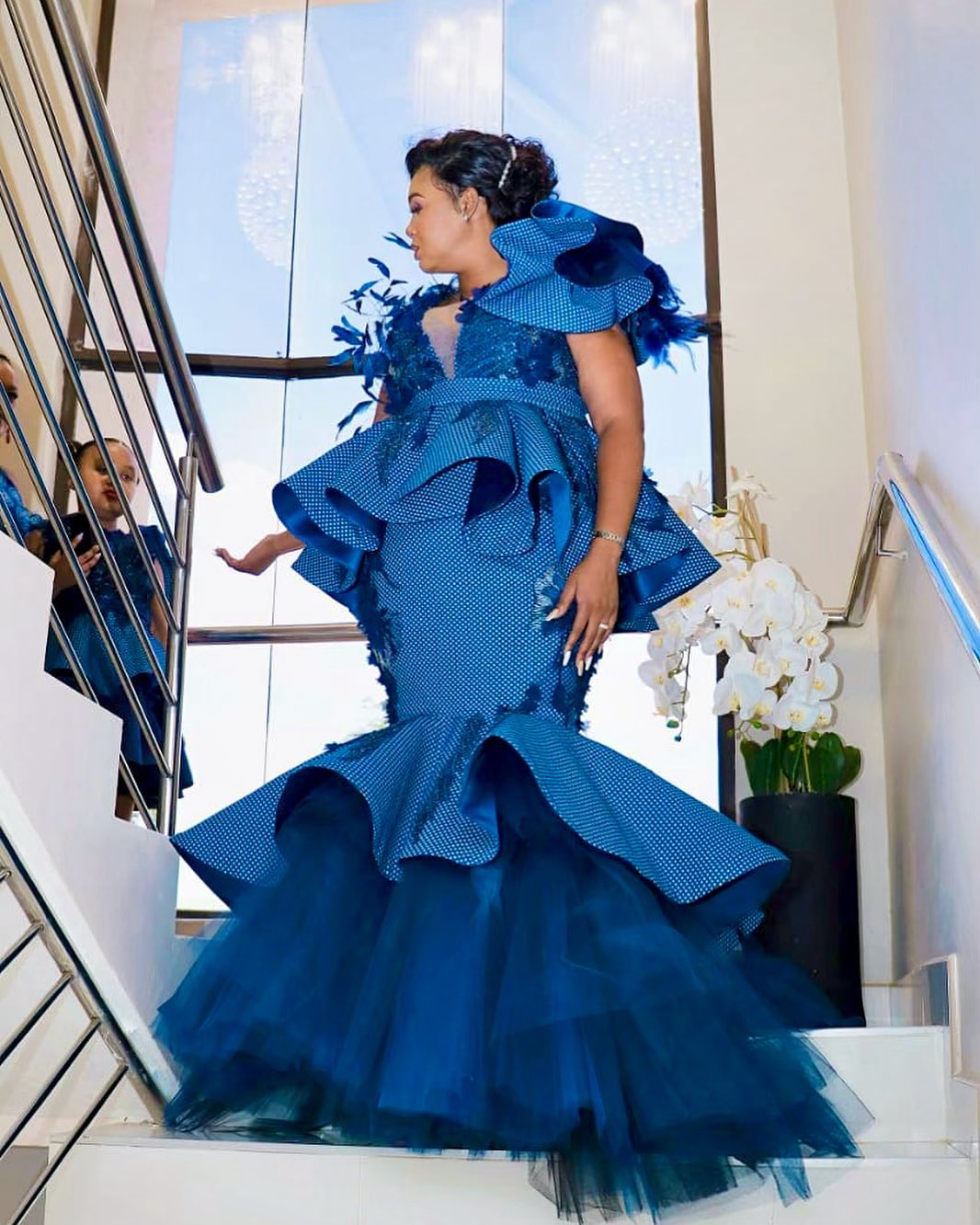
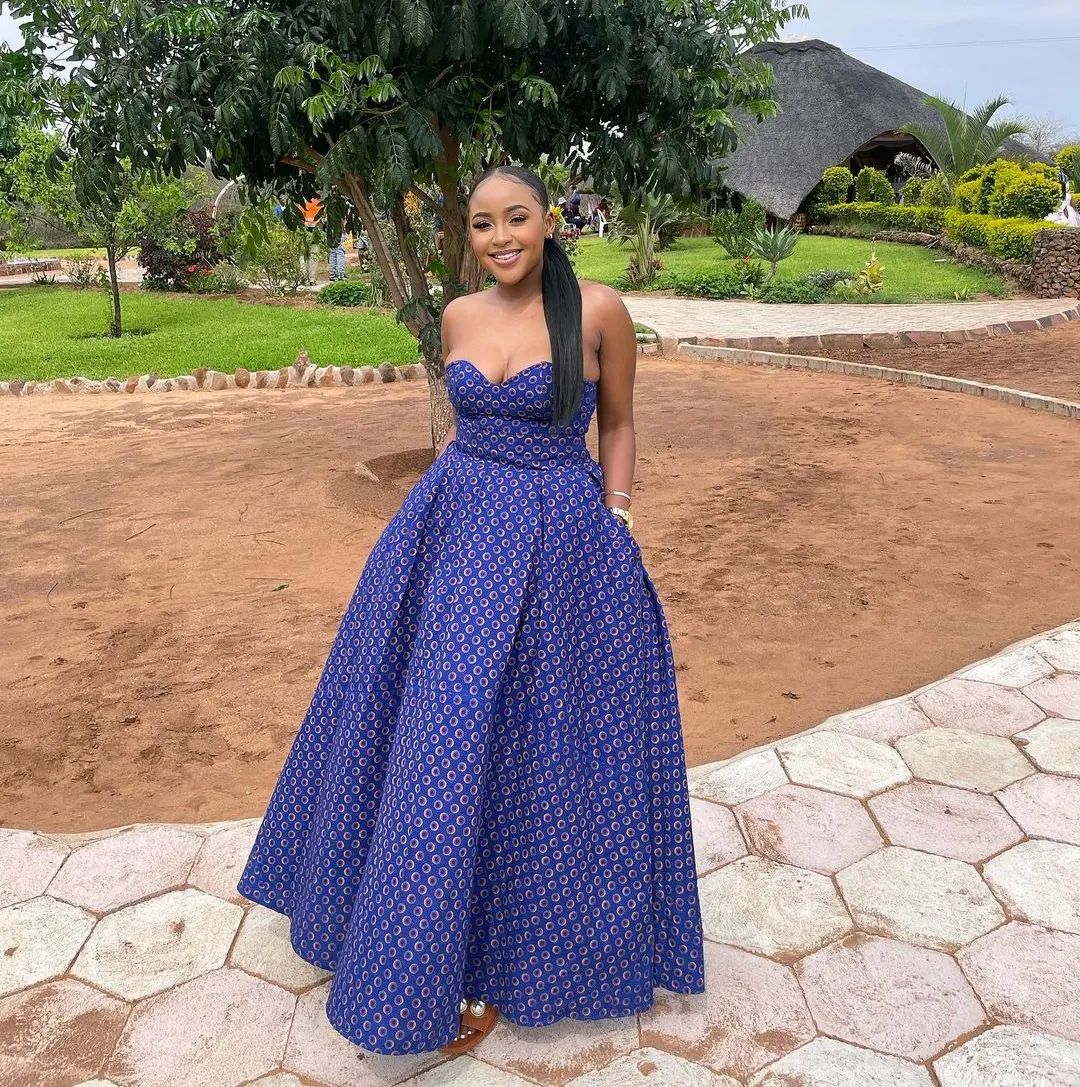
Importance and Significance of Tswana Traditional Dresses
Tswana traditional dresses hold great importance in Tswana culture. They are worn during special occasions such as weddings, initiation ceremonies, and cultural festivals. These dresses symbolize pride in cultural heritage and serve as a way to preserve and pass down traditions from one generation to another. Additionally, Tswana traditional dresses are a source of identity and unity among the Tswana people, fostering a sense of belonging and community.
Overall, the evolution of Tswana traditional dresses reflects the resilience and adaptability of the Tswana culture. These dresses continue to be cherished and celebrated as an integral part of Tswana identity, connecting past generations with the present and future.


Traditional Tswana Dresses in the Past
The Tswana people have a rich cultural heritage, and their traditional dresses have evolved over time. In ancient times, Tswana women wore dresses made from animal skins and hides. These dresses were often adorned with beads and shells, reflecting the artistic and creative nature of the Tswana people.
Traditional Tswana Dresses in Ancient Times
During ancient times, Tswana women wore dresses that were simple yet elegant. These dresses were made from animal skins such as cowhide or sheepskin. The hides were carefully tanned and treated to create soft and durable fabrics. The dresses were typically knee-length or ankle-length, with intricate beadwork and shell decorations.

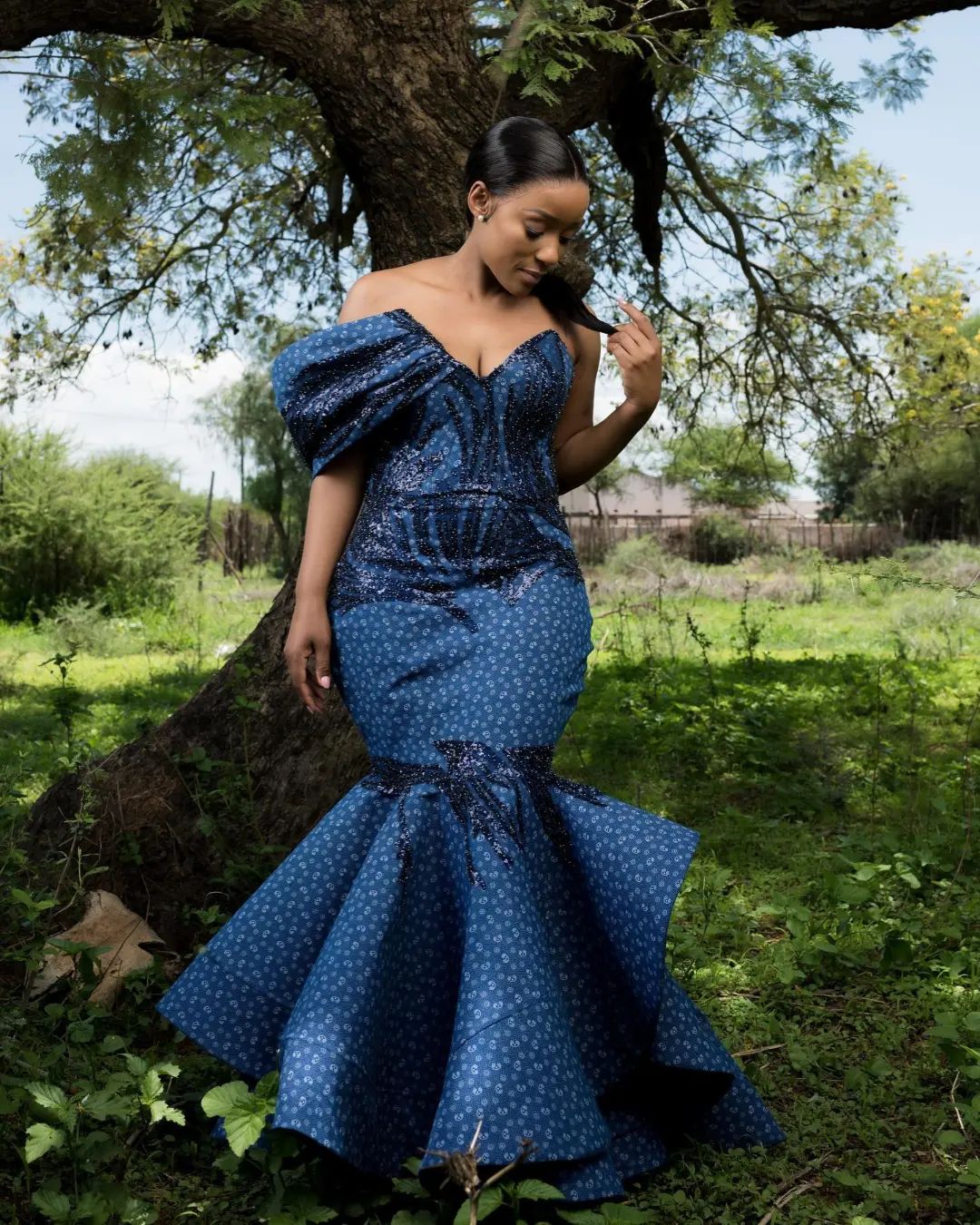
Materials Used in Traditional Tswana Dresses
The materials used in traditional Tswana dresses have evolved over time. While animal skins were once the primary material, modern Tswana dresses are now made from a variety of fabrics such as cotton, silk, and satin. These fabrics are often dyed in vibrant colors and adorned with traditional patterns and motifs.
Today, Tswana traditional dresses are still worn on special occasions such as weddings, festivals, and cultural events. They are a symbol of pride and identity for the Tswana people, showcasing their unique cultural heritage. The evolution of Tswana traditional dresses reflects the changing times while preserving the essence of their rich traditions.


Changes in Tswana Traditional Dresses over the Years
Tswana traditional dresses have evolved significantly over the years, reflecting the changing times and influences from other cultures. Today, Tswana traditional attire is a blend of traditional elements and modern designs, creating a unique and vibrant fashion statement.
Influences from Other Cultures
Over time, Tswana traditional dresses have been influenced by other cultures, particularly European and Western fashion. This can be seen in the introduction of new styles, such as tailored blouses, skirts, and dresses. The incorporation of these elements has added a contemporary touch to Tswana traditional attire, making it more versatile and appealing to a wider audience.
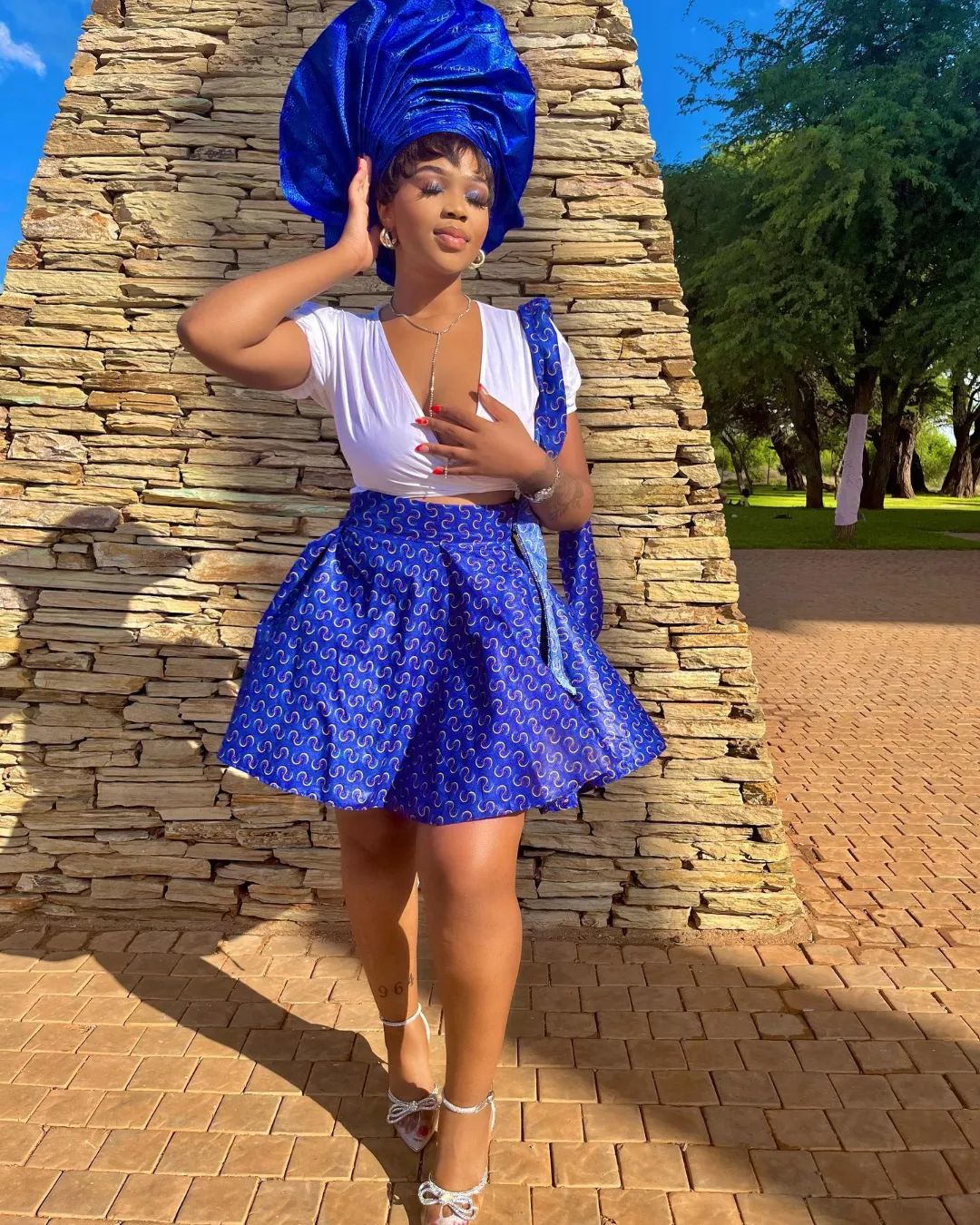

Introduction of New Fabrics and Designs
Another significant change in Tswana traditional dresses is the introduction of new fabrics and designs. Traditional fabrics like leteisi and shweshwe are still popular, but there has been an increase in the use of modern fabrics like silk, chiffon, and lace. These fabrics allow for more creativity in design and provide a wider range of options for Tswana women to express their individual style.
In conclusion, the evolution of Tswana traditional dresses has brought about a fusion of traditional and modern elements. This has not only made Tswana attire more fashionable but also allowed for greater creativity and self-expression among Tswana women.

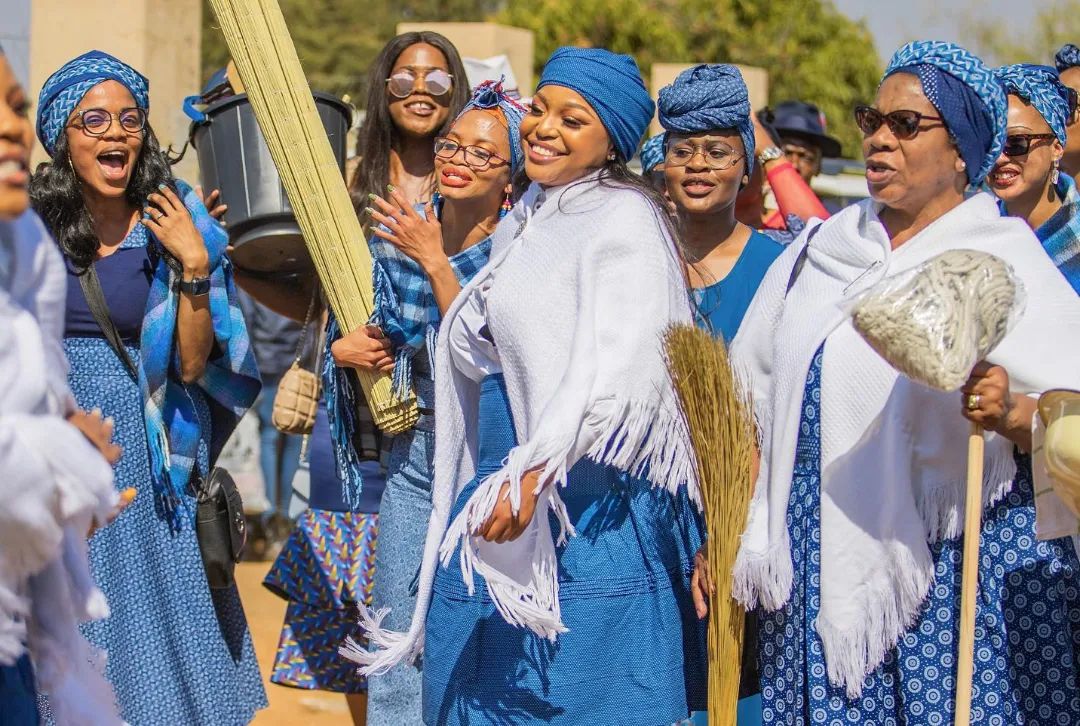
Modernization of Tswana Traditional Dresses
Tswana traditional dresses have evolved over the years, adapting to modern fashion trends while still maintaining their cultural significance. Today, these dresses are a beautiful blend of tradition and contemporary style.
Integration of Modern Fashion Trends
In recent years, there has been a growing trend of incorporating modern fashion elements into Tswana traditional dresses. Designers have introduced new fabrics, colors, and patterns to give these dresses a fresh and stylish look. This integration of modern fashion trends has made Tswana traditional dresses more appealing to a wider audience, including the younger generation.

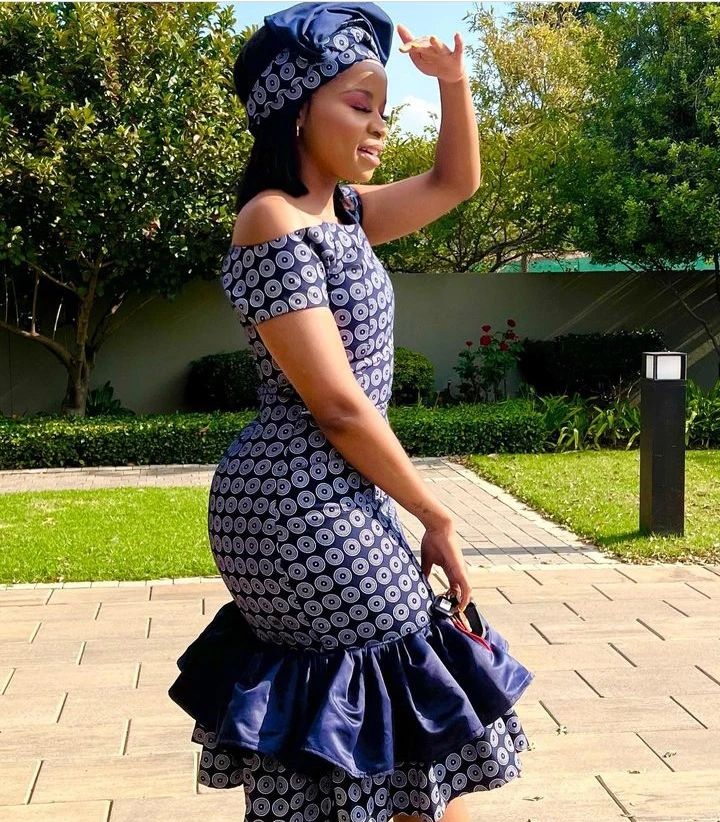
Contemporary Tswana Dress Designs
Contemporary Tswana dress designs have become more diverse and creative. While the basic silhouette of the dress remains the same, designers have experimented with different necklines, sleeve lengths, and embellishments. Some dresses now feature intricate beadwork, embroidery, or appliques, adding a touch of elegance and uniqueness to each design.
Overall, the evolution of Tswana traditional dresses showcases the adaptability and creativity of the culture. These dresses continue to be worn with pride during special occasions and celebrations, representing the rich heritage of the Tswana people while embracing modern fashion trends.


Tswana Traditional Dress Accessories
Traditional Accessories Worn with Tswana Dresses
The Tswana people of Southern Africa have a rich cultural heritage that is reflected in their traditional dress. When it comes to Tswana traditional dresses, accessories play a significant role in completing the ensemble. These accessories not only enhance the beauty of the dress but also hold cultural and symbolic importance.
Some of the traditional accessories worn with Tswana dresses include:
- Headwrap (doek): The headwrap is an essential accessory worn by Tswana women. It is made from colorful fabric and is tied in various styles, representing different occasions or marital status.
- Necklaces (dikgwele): Tswana women adorn themselves with necklaces made from beads, shells, or precious stones. These necklaces are not only decorative but also hold cultural significance.
- Bracelets (dikgwele): Bracelets made from beads or metal are worn on the wrists by Tswana women. These bracelets are often passed down through generations and are considered heirlooms.
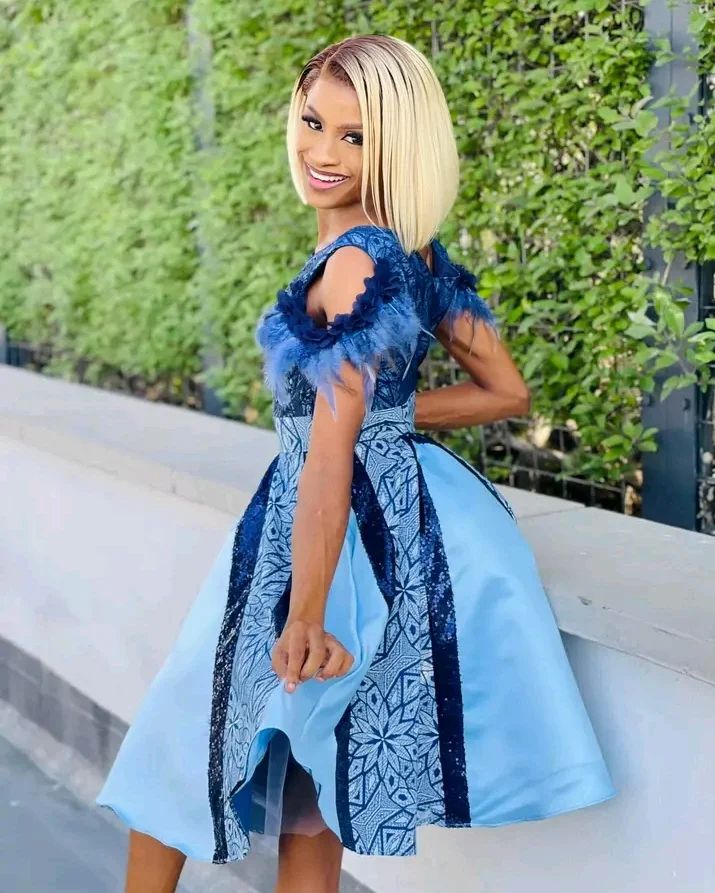

Evolution of Tswana Dress Accessories
Over time, the accessories worn with Tswana dresses have evolved to incorporate modern influences while still maintaining their traditional roots. Today, Tswana women may choose to accessorize their dresses with contemporary jewelry pieces, such as earrings or rings, alongside traditional accessories.
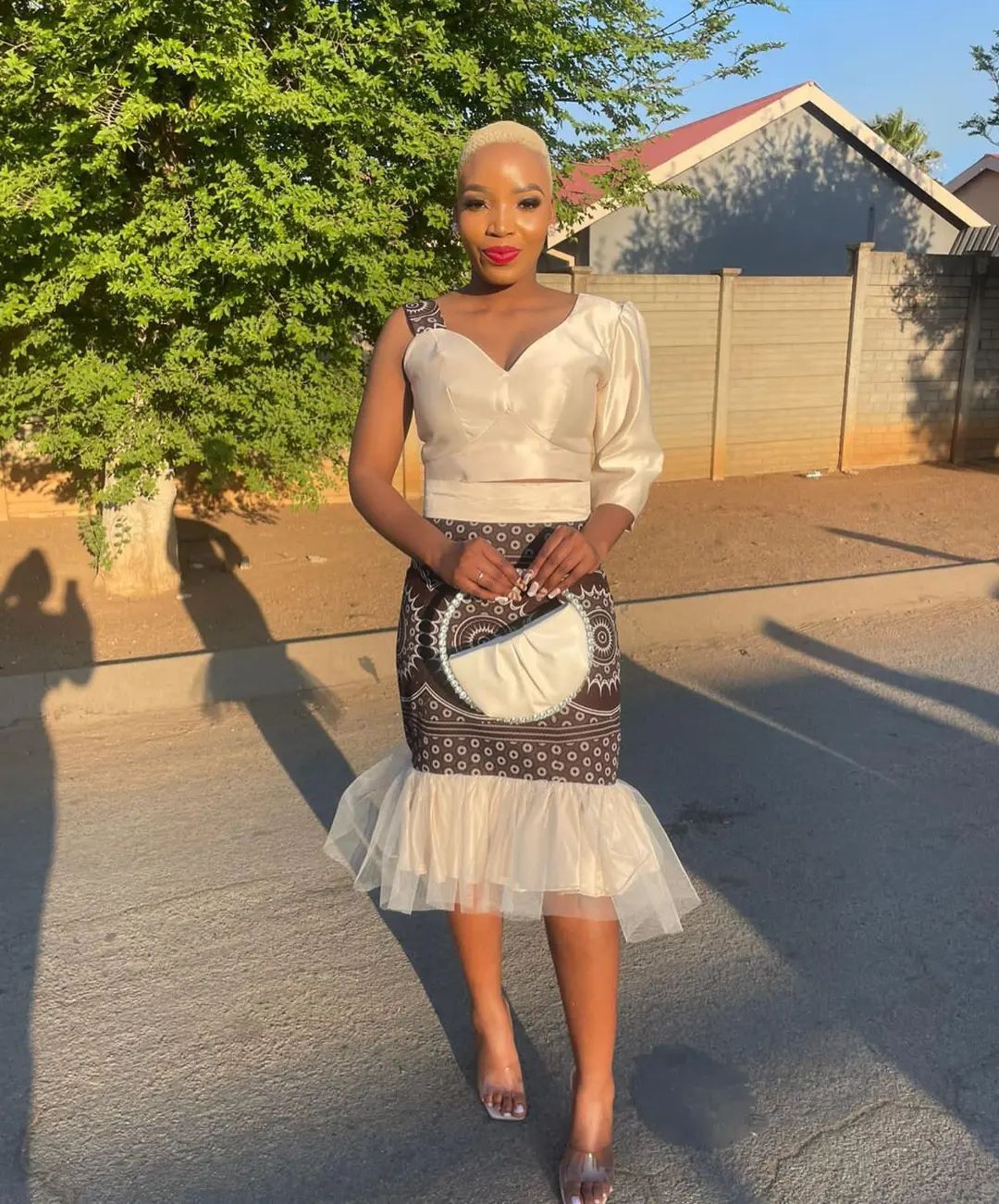
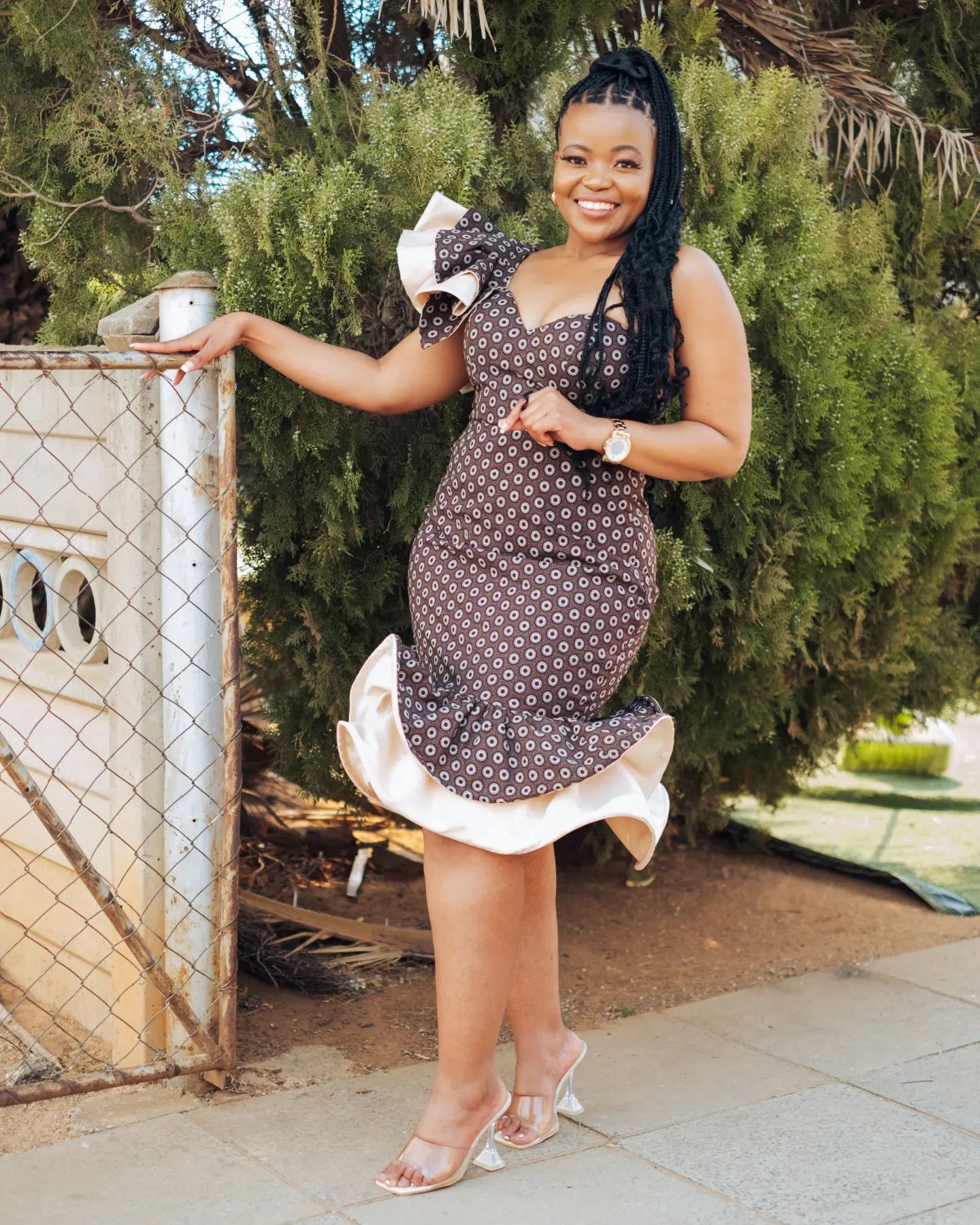
The evolution of Tswana dress accessories reflects the changing times and the desire to preserve cultural heritage while embracing modernity. It is a testament to the adaptability and creativity of the Tswana people in keeping their traditions alive in a rapidly changing world.
Comments are closed.